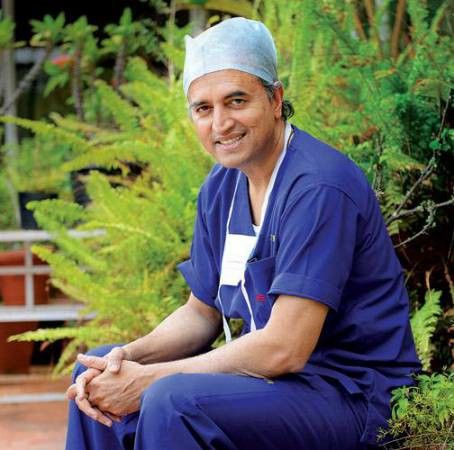Dr. Devi Prasad Shetty, India’s famous heart surgeon, changed healthcare by making heart surgery affordable for the poor. His life story inspires hope, compassion, and innovation.

A Doctor with a Mission
Dr. Devi Prasad Shetty is not just a doctor. He is a visionary who transformed the way healthcare works in India. He is known as one of the most skilled cardiac surgeons in the world. He has performed over 15,000 heart surgeries. Many of these surgeries were on newborn babies. But what makes him truly special is his mission — to make heart surgery affordable for everyone, rich or poor.
He is the founder of Narayana Health, one of India’s largest hospital chains. Through his vision, world-class heart surgery became available at a fraction of global costs. This earned him the nickname “The Henry Ford of Heart Surgery.”
The Early Life of Dr. Shetty
Dr. Shetty was born in Mangalore, Karnataka, in 1953. As a child, he was deeply inspired by Dr. Christian Barnard, the first surgeon to perform a heart transplant. That inspiration shaped his dream to save lives through heart surgery.
After completing his medical studies in India, he went to the UK for advanced training. He gained expertise in cardiac surgery. He returned to India to bring his skills to those who needed them the most.
Building Narayana Health
In 2001, Dr. Shetty founded Narayana Health in Bengaluru. His dream was bold — to create a healthcare system where “no patient is denied treatment because they are poor.”
Unlike traditional hospitals that charged heavily, his model focused on high volume, low cost. By performing thousands of surgeries each year, Narayana Health reduced costs while maintaining top medical standards.
Today, Narayana Health runs hospitals across India and even abroad, giving hope to millions.
(You can also read about David Attenborough’s fight for nature here: David Attenborough – A Lifetime of Protecting the Wild)
Innovation in Healthcare
Dr. Shetty believes that healthcare should be run like an industry — efficient, affordable, and accessible. He introduced:
- Micro-health insurance schemes for poor families.
- Telemedicine to reach patients in rural India.
- Affordable surgeries without compromising quality.
These innovations proved that saving lives doesn’t have to come with a heavy price tag.
Recognition and Awards
For his contribution, Dr. Shetty received several honors, including:
- Padma Bhushan (2012) – India’s third-highest civilian award.
- Padma Shri (2004) – for his service to medicine.
- Recognition by TIME magazine and international health organizations.
But for Dr. Shetty, the greatest award is seeing poor patients leave the hospital with new life in their hearts.
The Humanitarian Side of Dr. Shetty
Dr. Shetty is often described as a man with “a surgeon’s hands and a saint’s heart.” His compassion for the poor is as remarkable as his surgical skills. Many patients who could never dream of affording surgery found hope at his hospitals.
(Stories of compassion remind us of people like The Woman Who Heals with Love and Humanity)
Why Dr. Shetty Matters
In a world where healthcare is becoming more expensive, Dr. Shetty stands as a reminder that medicine is about humanity first. His life’s work shows that innovation and compassion can go hand in hand.
To explore more about healthcare stories across the globe, visit www.america112.com.
Conclusion
Dr. Devi Prasad Shetty’s journey is not just about surgeries and hospitals. It is about a dream. This dream envisions a world where no child, no mother, and no father dies because they could not afford treatment. He is a living legend, proving that one man’s vision can heal millions.

